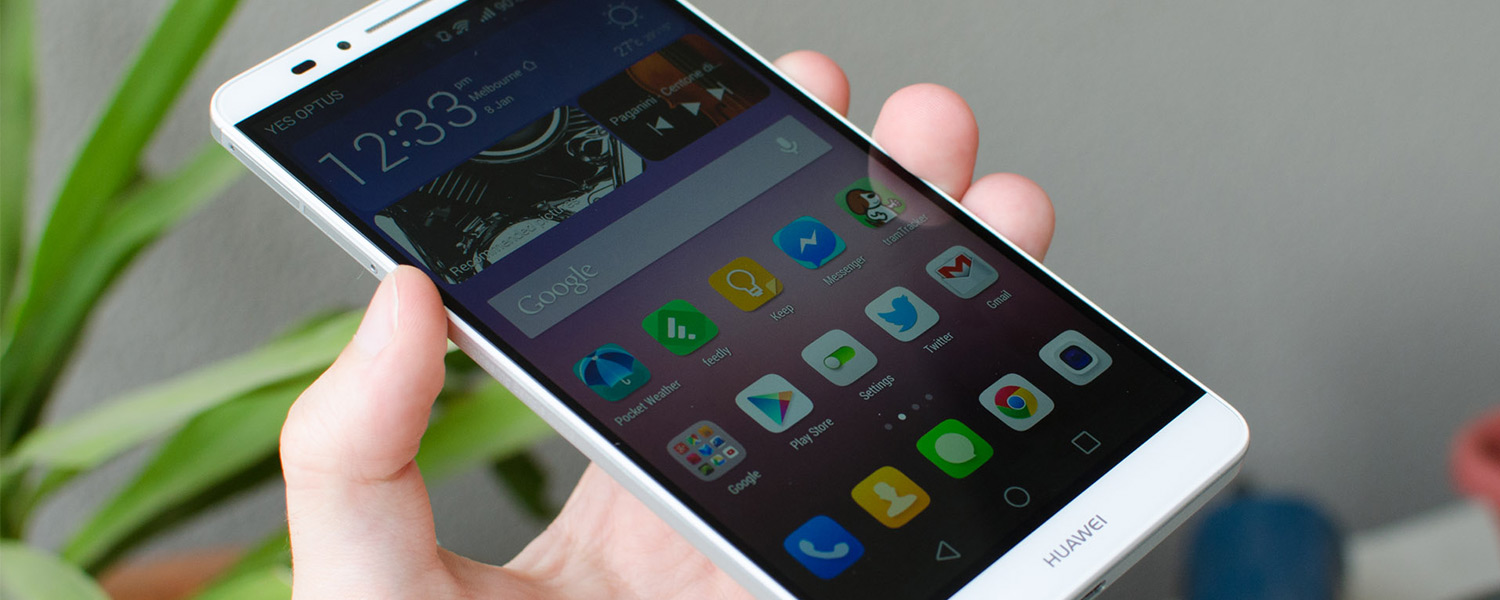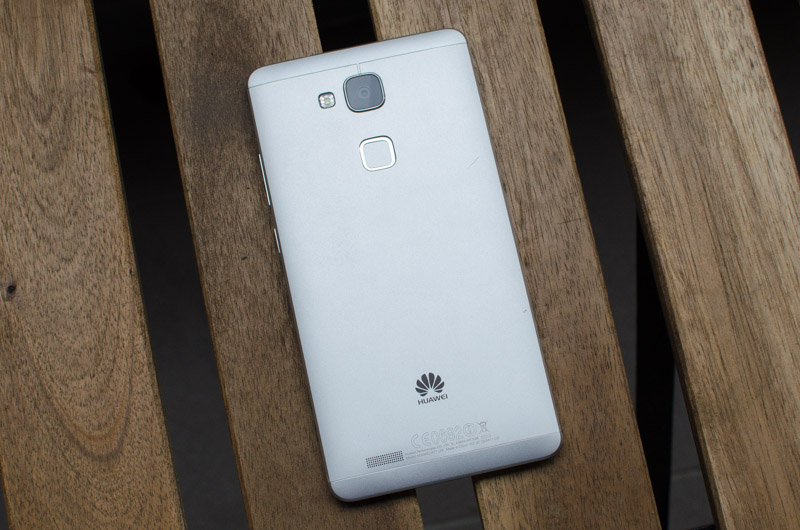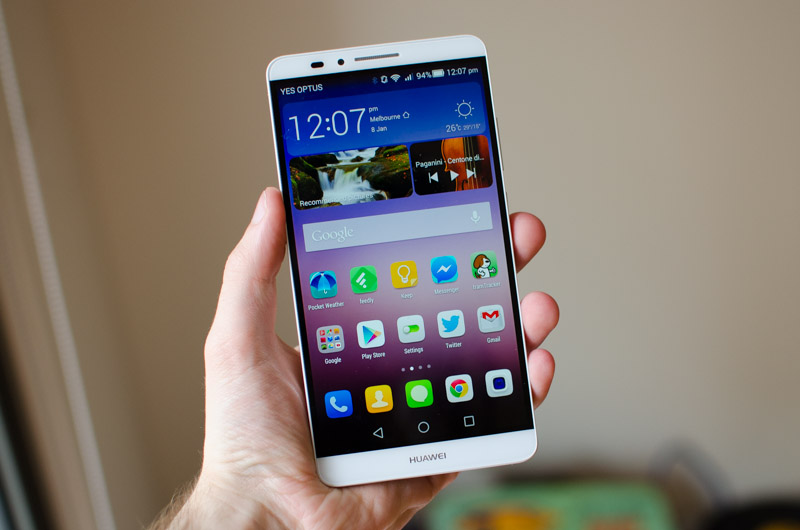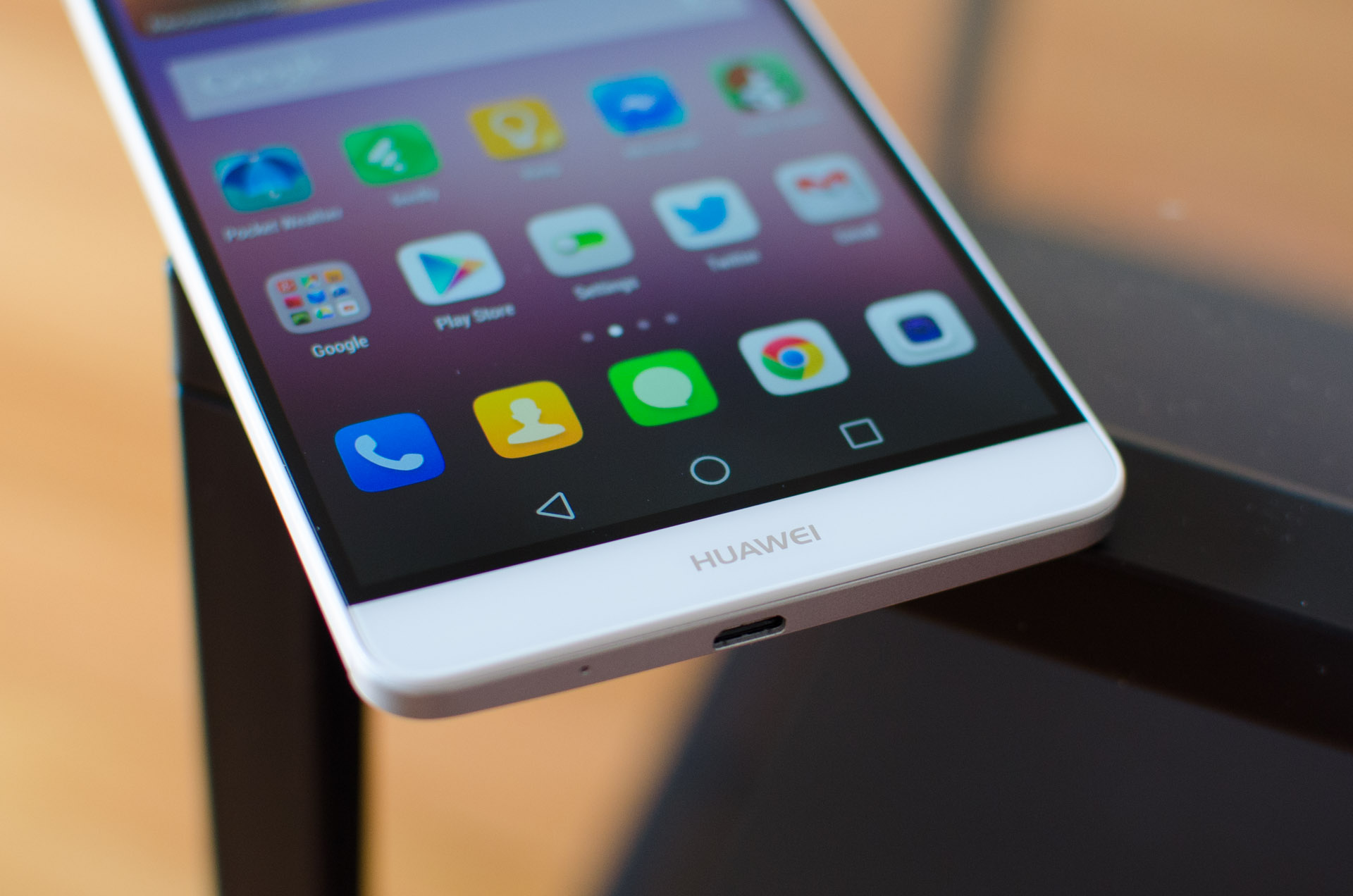When thinking of buying the latest large-screened smartphone, many probably only consider Apple's iPhone 6 Plus or the Samsung Galaxy Note 4. Granted, these are two of the best devices you can get today and thus have received a ton of attention from the media, explaining why they're the first choice for many.
But the phablet market is certainly not limited to those two devices, with plenty of other options available. One such option is the Huawei Ascend Mate 7, a six-inch handset that is full of surprises and certainly worth more attention than it gets.
Parts of the Ascend Mate 7 aren't conventional. The Hisilicon Kirin 925 is an SoC I haven't encountered before, and departs from the traditional use of Qualcomm or MediaTek. The Emotion UI atop Android 4.4 is also different from what we usually see, though it could be for the right reasons. Other parts won't surprise you, such as the 13-megapixel camera and 1080p IPS display that keep well within the realms of a standard flagship handset.
Having little experience with Huawei devices in the past, the build quality of the Ascend Mate 7 certainly came as a surprise. For some reason I was expecting a cheap, crappy plastic shell from the Chinese OEM, but that is absolutely not what you get with this flagship-class device. Instead you get a classy aluminium shell that's one of my favorites from the 2014 releases.
The aluminium used on the Mate 7 covers most of the rear panel, extending to the sides in semi-unibody style. Aluminium has a great shimmer and shine to it, combined with a fantastic feel, that gives the Mate 7 a high quality case that easily rivals the best on the market. The top and bottom of the rear panel are made from aluminium-colored plastic, but Huawei has managed to nail the color and it provides breathing room for wireless radios so it's not a big deal.
The front of the Mate 7, at least on the silver model I received to review, is protected by glass with a small plastic rim. The white highlights above and below the display look fantastic when combined with the aluminium body, and I'm glad to see Huawei cutting down on bezel wherever possible. The smooth glass feels quite swooshable, and is designed to be scratch-resistant.
While the body generally feels excellent to hold thanks to the choice of premium materials, there's no mistaking that the handset is huge. The screen itself almost entirely envelops the five-inch Galaxy S5, and when factoring in the bezel it becomes significantly larger: larger than both the Galaxy Note 4 and the iPhone 6 Plus. You're going to need to be a large-screen smartphone fan to handle the Ascend Mate 7, because single-handed use can certainly be tricky.
Most of the one-handed awkwardness comes from the width of the handset, which contributes to issues gripping it comfortably. Thankfully it's not as wide as the ridiculous Samsung Galaxy Note Edge, though the sheer size of the 6.0-inch display will make it tricky to reach the corners during standard operation. It is possible to adapt your usage to match the size of the handset, though, especially after a few weeks of solid use.
Where Huawei has managed to make the handset ergonomic, they have taken the opportunity. The power button on the right-hand edge, which sits directly below the volume rocker, is in the perfect location for standard usage. Its metal construction has a satisfying clicky feel too, which I always enjoy on metal-chassis handsets. Another element that I feel is in the perfect location is, perhaps surprisingly, the fingerprint sensor.
Yes, the Ascend Mate 7 comes with a fingerprint sensor, located on the back panel just below the camera. Having used the fingerprint sensor since the very first day of reviewing the handset, I can tell you the location on the back is much more comfortable than having it in a home button below the display. Having to reach below the screen on such a large device would be hugely awkward, but positioning it below the camera is a natural location for your index finger to reach in a standard grip.
The fingerprint sensor is also very responsive, thanks to the underlying static sensing technology that's very similar to the iPhone's Touch ID. Unlike the horrible sensor in the latest Galaxy products that requires you to swipe your finger over the home button, you simply need to touch your pad on the Mate 7's indented sensor to get it to register. 90-95% of the time, it will correctly register your fingerprint in under a second, requiring no crazy finger positioning or movements.
Having this sensor work swiftly and accurately, as well as it being able to power on the display and unlock the handset in the one tap, makes it actually useful. As it's by far the quickest method of securing your smartphone, setting up and using the fingerprint sensor on the Mate 7 is easy to recommend.
There's nothing too unusual about the rest of the Mate 7's design. The main speaker for the handset is on the bottom of the back panel, which is of average quality. These days I'd like to see main speakers on the front of handsets, similar to HTC's BoomSound, though design constraints such as the small bezels on the Ascend Mate may have prevented this from happening. The back also sees a slightly raised camera module, with a small metal rim that prevents the lens from getting damaged.
With on-screen navigation buttons, there's not a whole lot to see on the front of the Mate 7 aside from the display. Above it you'll find the sensor array, front facing camera, in-call speaker and a hidden notification LED which I always love to see.
Due to the aluminium construction of the Mate 7, there is no removable back cover or replaceable battery. Instead, both the microSD card slot and micro-SIM slot are accessible through trays on the left edge, which are reasonably well hidden.













